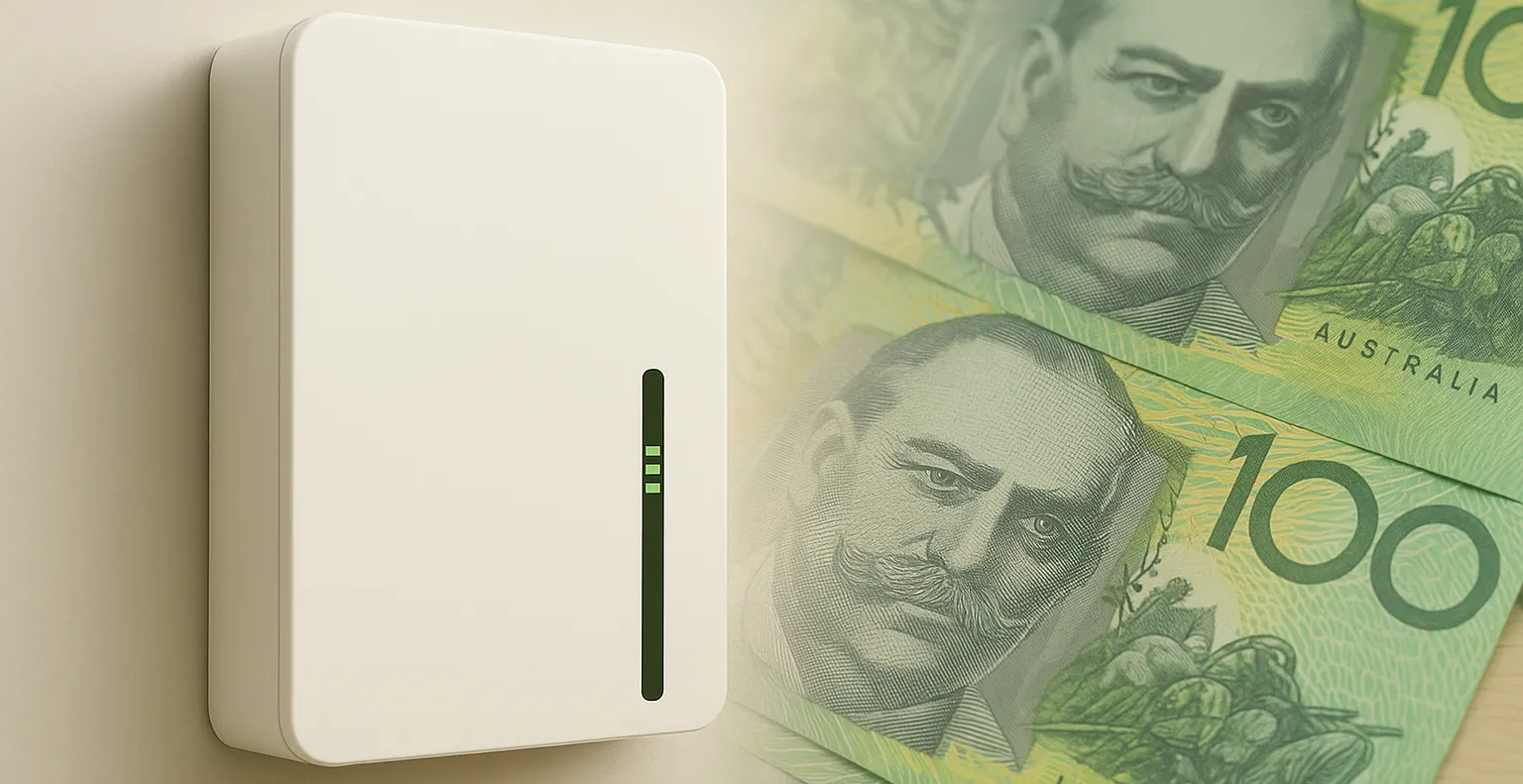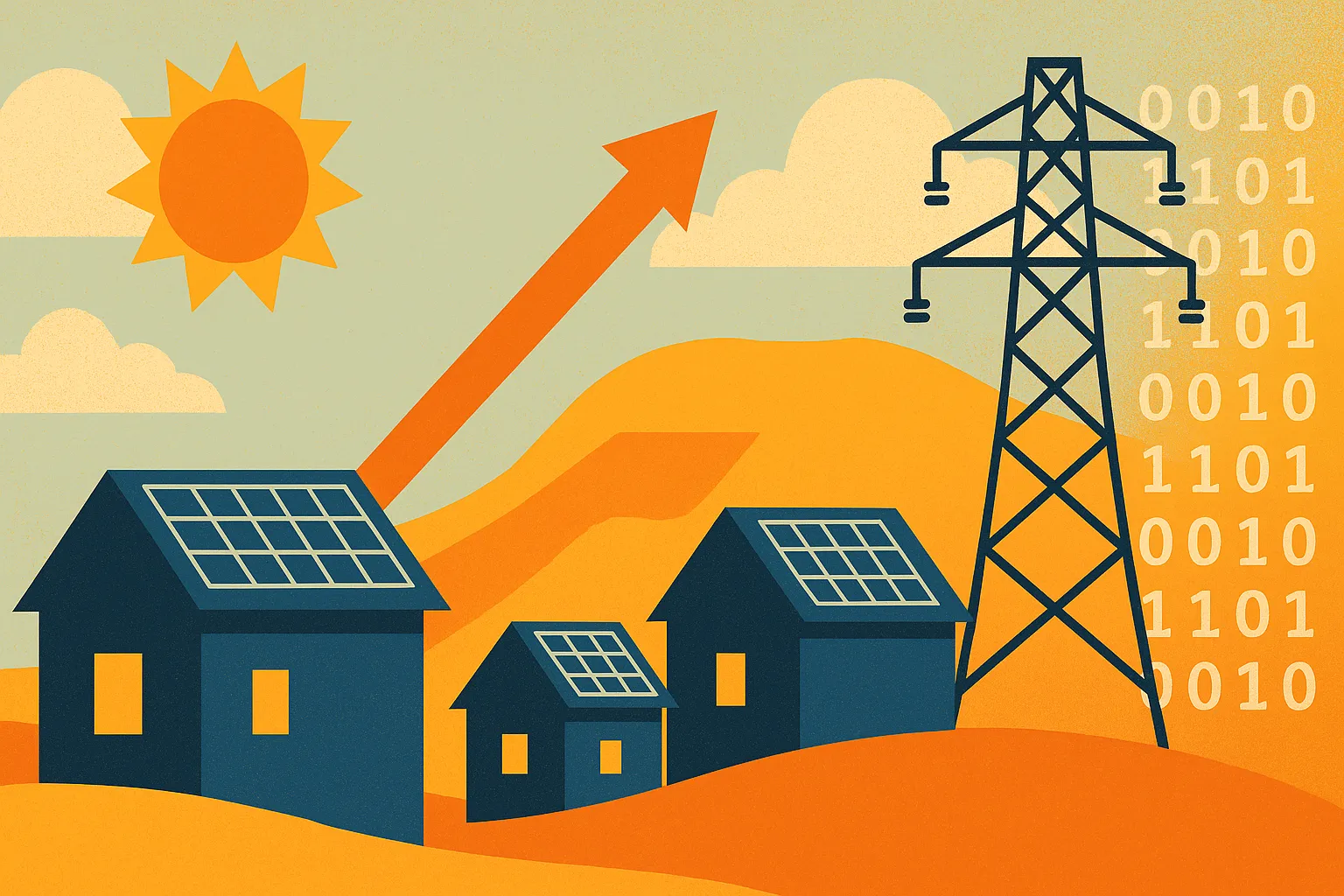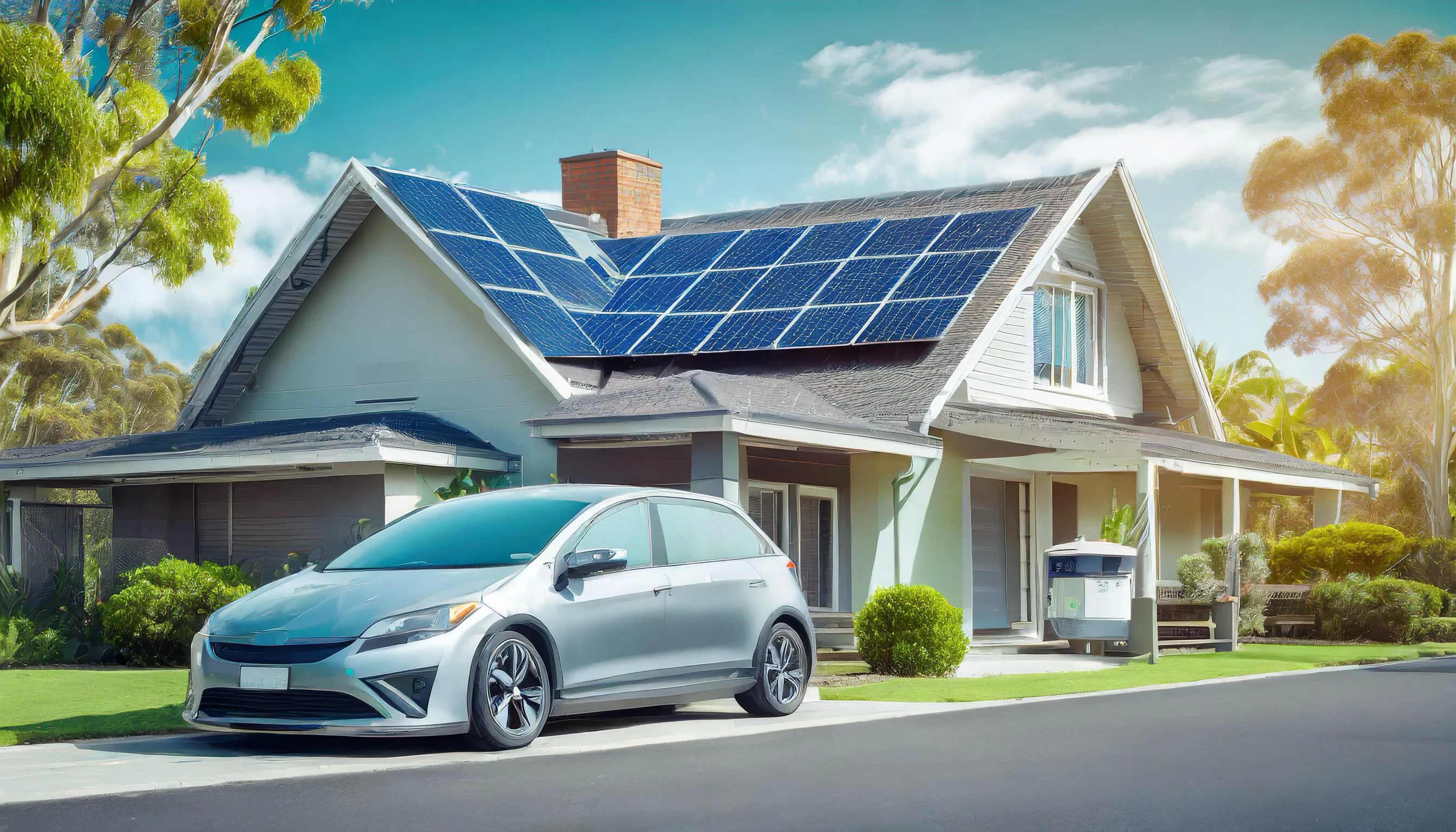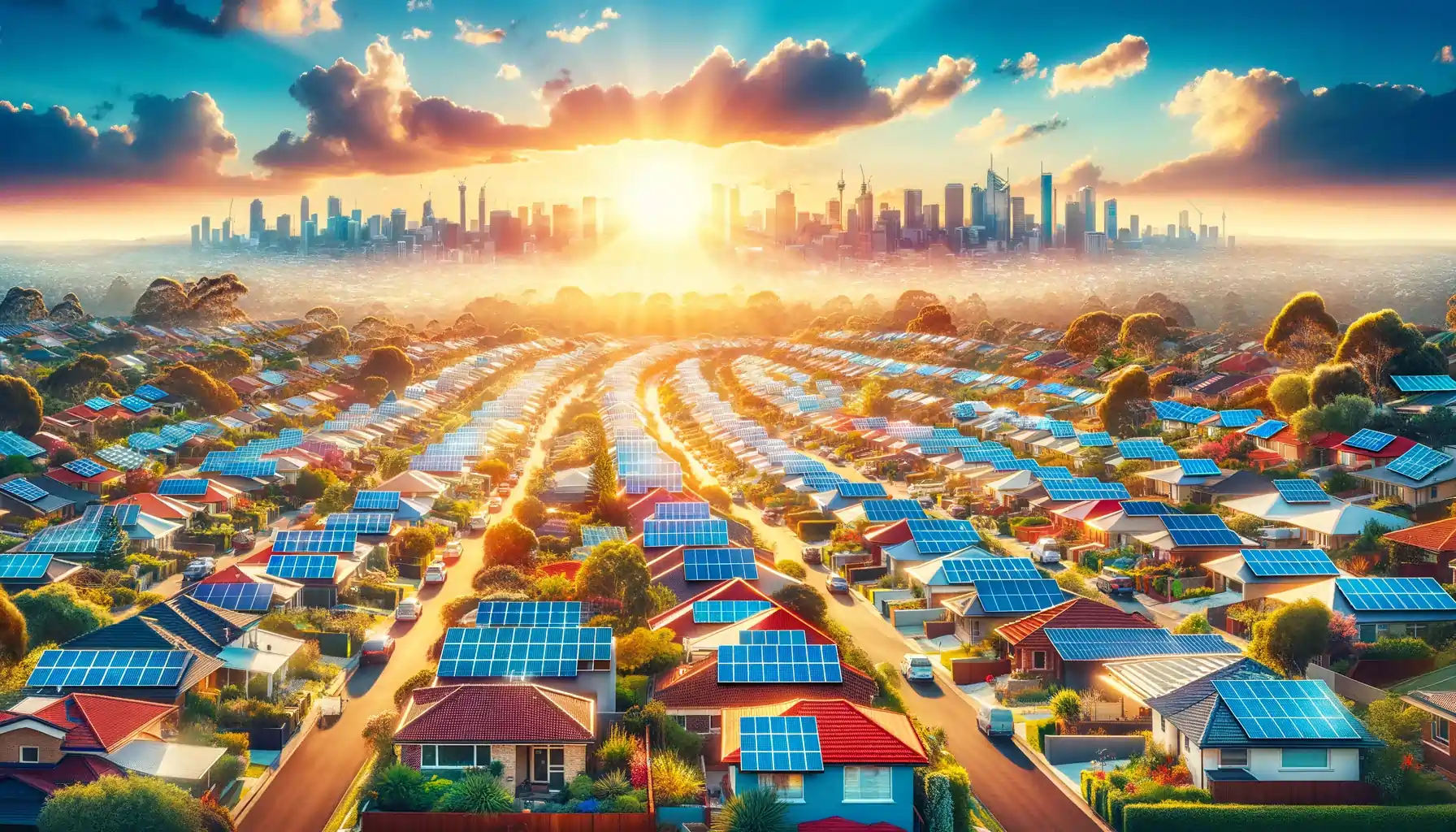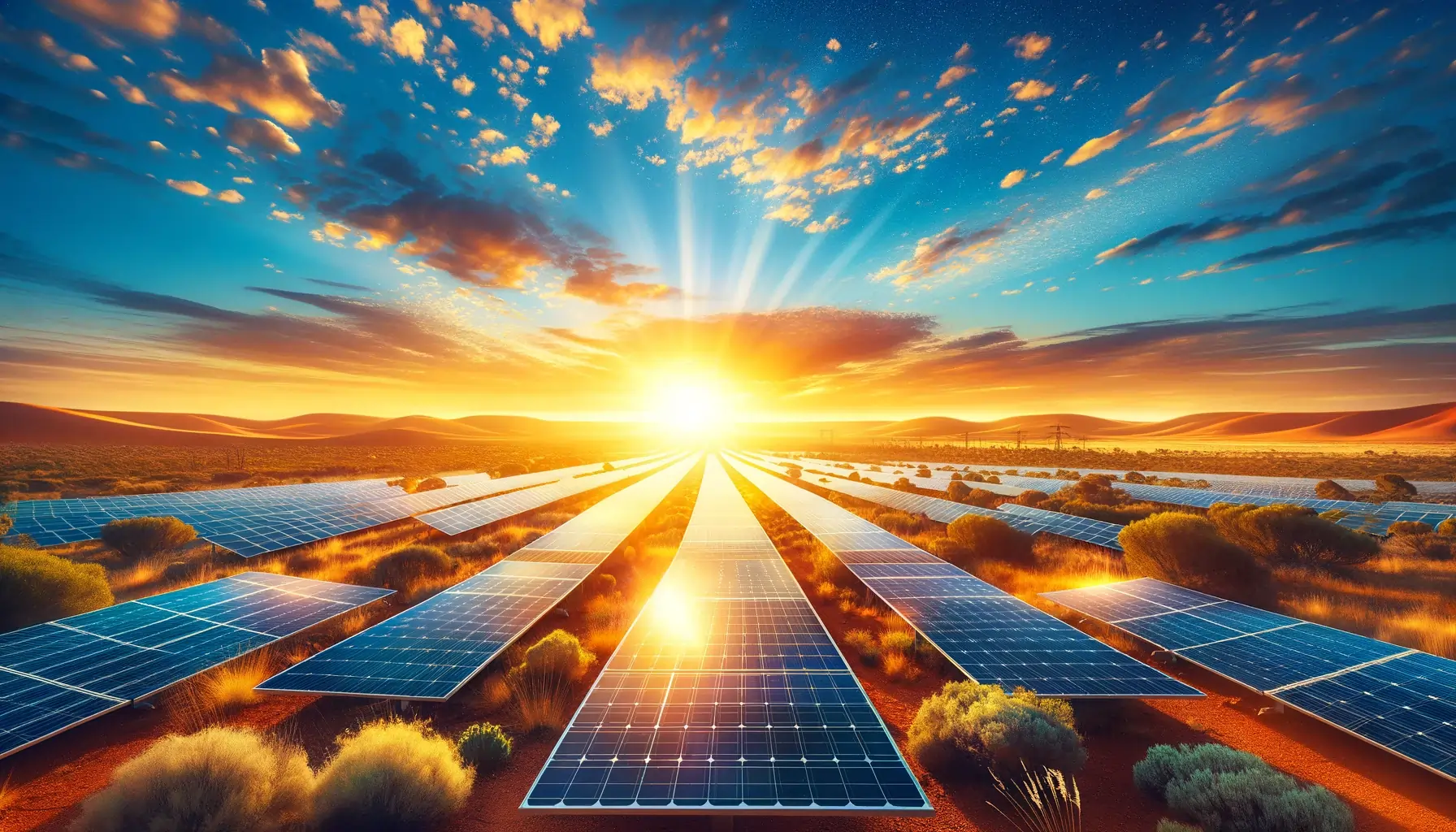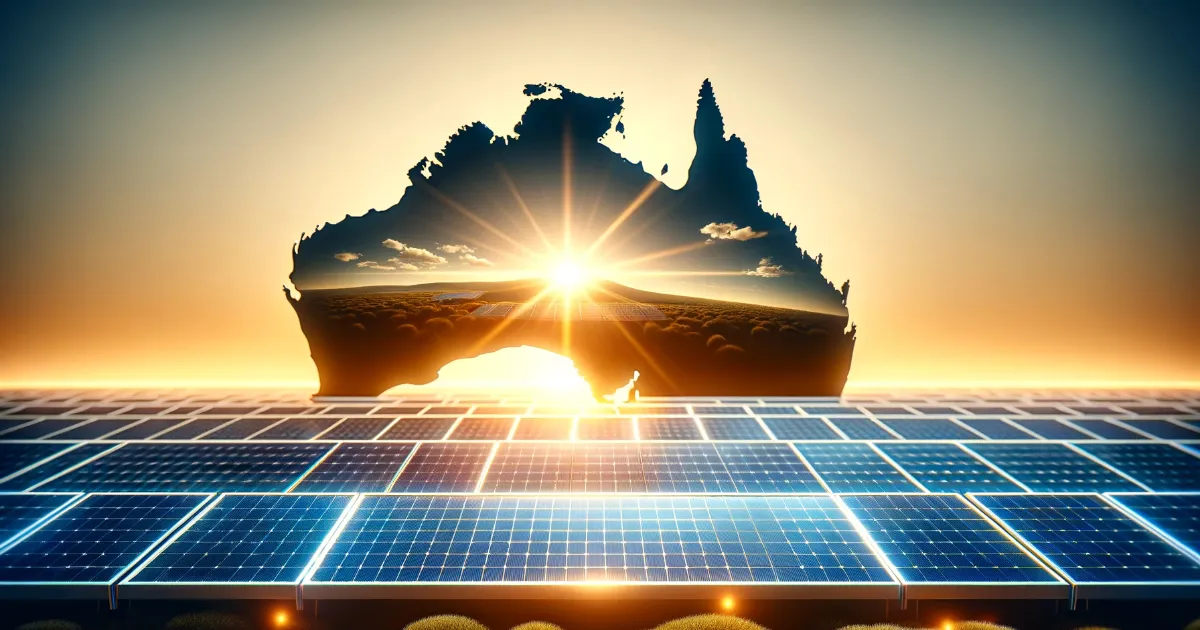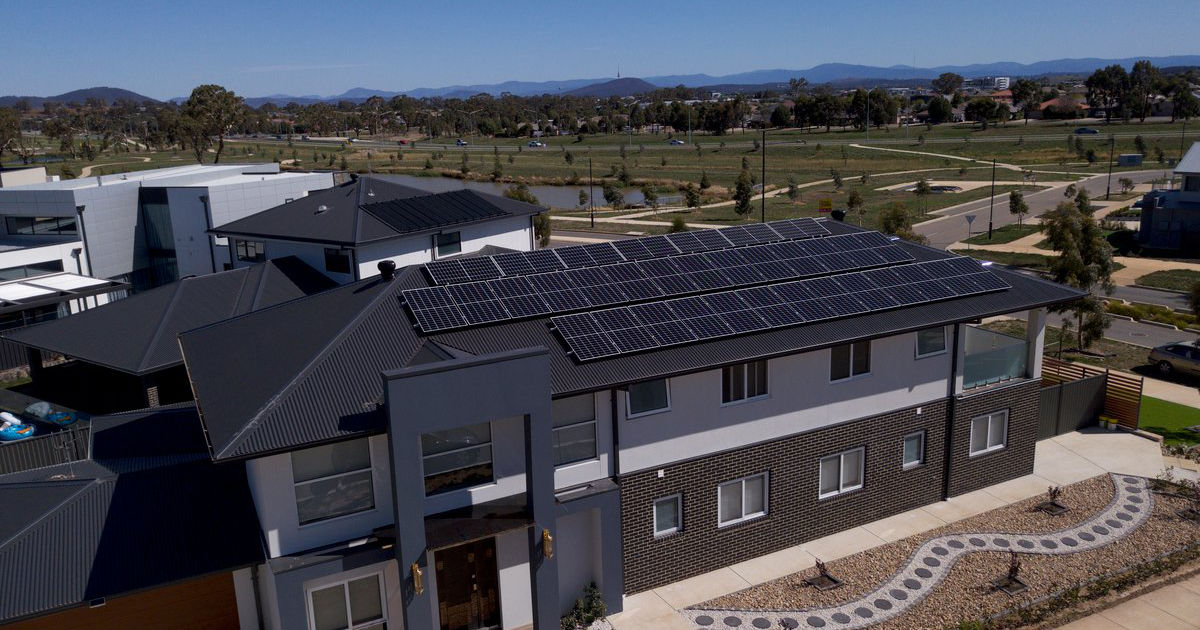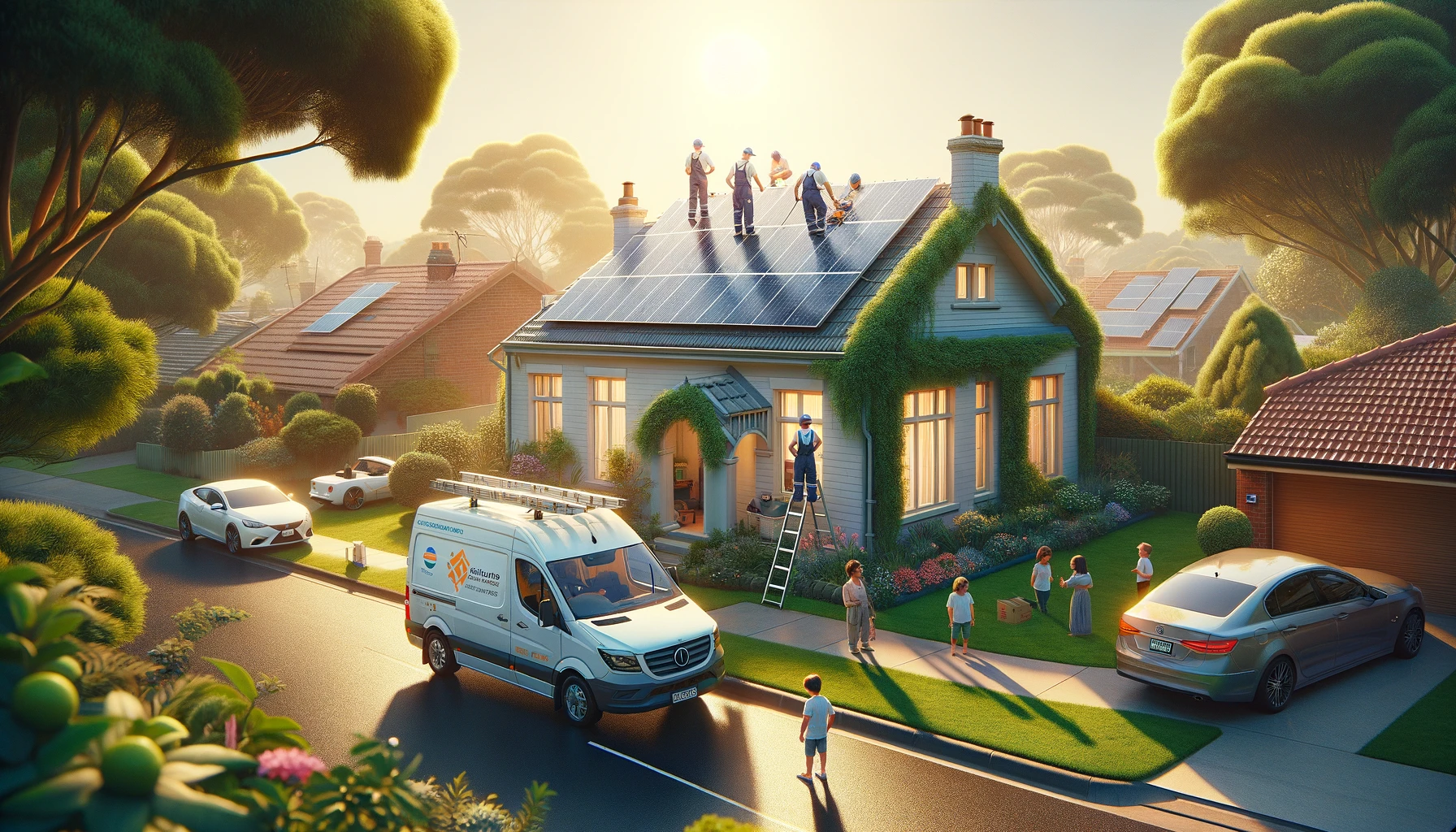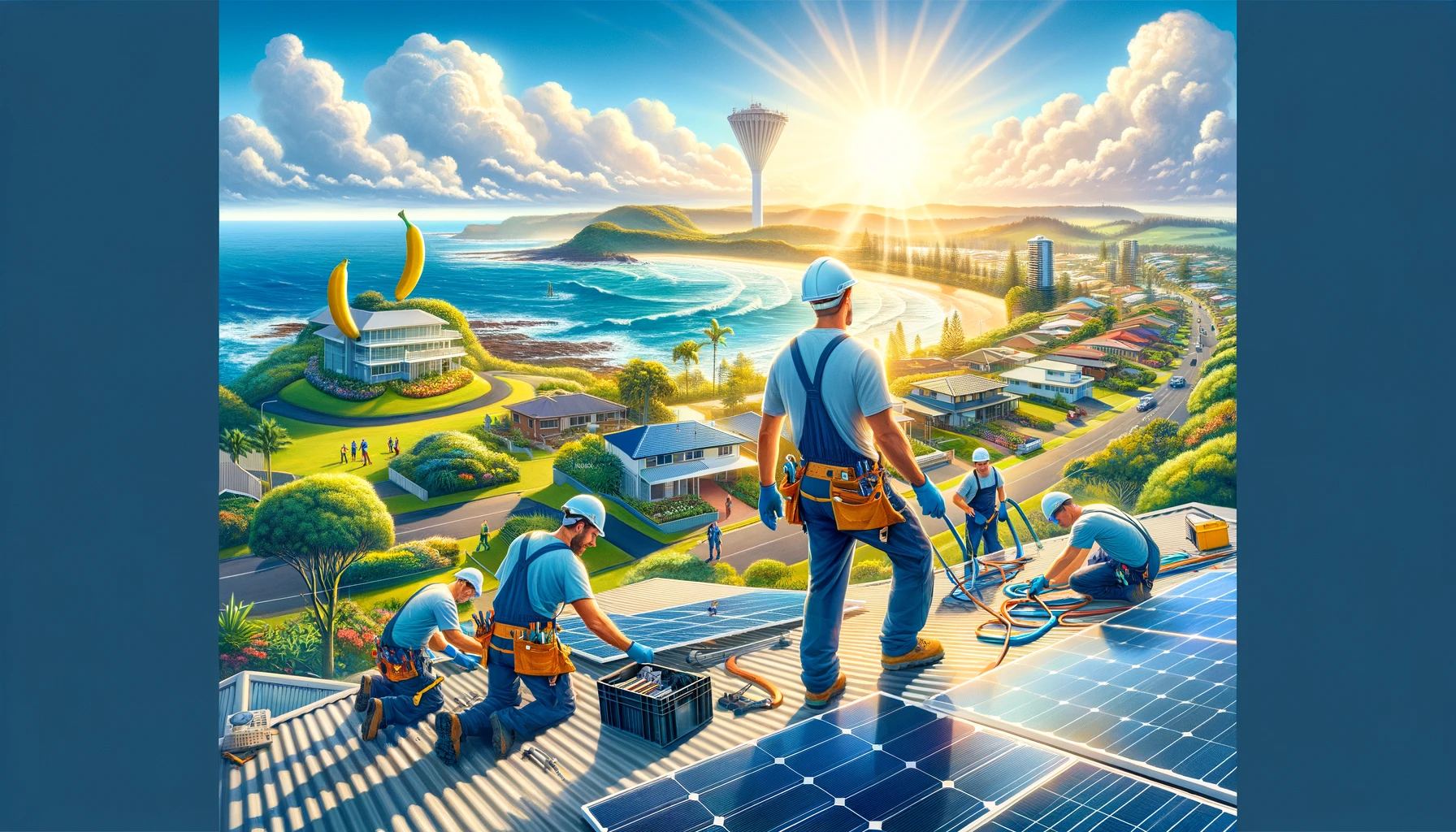Articles Tagged with: Solar Market
One quiet change is about to let you export much more solar
Australia’s rooftops are already the world’s densest source of solar power, but a quiet change in the rules could transform how much energy households can send back to the grid. A new smart inverter communication standard will replace rigid export limits with dynamic, real-time control, allowing homes to share far more of their excess solar. The result: more efficient use of the grid, fewer wasted sunny days, and lower power costs as solar exports expand.
Solar Power and Battery Storage Information Resources
On this page, I’ve gathered a list of useful online resources to help you choose the right solar power company and system for your needs. Here, you’ll find everything from quotes and reviews to feed-in tariff and subsidy information from government websites across each state. These resources will assist you in making an informed decision, ensuring you get the best deal on solar installation while navigating available incentives and policies.
Buying Solar Power in Australia 2024
In 2024, investing in solar power remains a compelling choice for Australian homeowners looking to reduce their energy bills and increase their property's sustainability. The process of buying solar can seem complex, but with the right guidance, it becomes straightforward and rewarding. Here’s a step-by-step guide to help you navigate the process of purchasing solar power systems and batteries in Australia:
Installing Solar Panels or Batteries in Melbourne
Melbourne, often celebrated for its cultural richness and architectural beauty, is also a promising region for solar energy adoption. Despite its notorious weather unpredictability, the city receives a sufficient level of solar irradiation, averaging around 4.19 kilowatt-hours per square meter daily. This positions Melbourne as a viable location for residential solar installations, offering homeowners a sustainable and cost-effective energy solution.
Australia's Solar Surge: Rooftop Revolution Outshines Traditional Power
Australia is poised for a monumental shift in its energy landscape, with the burgeoning adoption of rooftop solar set to outshine traditional coal, gas, and hydroelectric power generation combined. A report by Green Energy Markets forecasts an astronomical growth in rooftop solar capacity, anticipated to surge beyond 66 gigawatts over the next three decades. This leap is not just significant—it's transformative, positioning rooftop solar as a cornerstone in Australia's quest to decarbonize its economy.
Australia's Billion-Dollar Bet on Solar Manufacturing Revival
Australia is embarking on an ambitious journey to reinvigorate its solar manufacturing sector with a substantial A$1 billion investment from the government. This initiative, dubbed Solar SunShot, aims to transform the country's energy landscape by reducing reliance on traditional fossil fuels, enhancing energy security, and creating a robust solar industry that can withstand global supply chain disruptions and geopolitical tensions. As the world grapples with the urgent need to combat climate change, Australia's move to resurrect its solar manufacturing capabilities is both timely and strategic, given the country's vast solar potential.
Essential Guide to Buying Solar Power Systems in Australia
Investing in a solar power system is a significant stride towards energy autonomy and ecological sustainability, particularly in Australia, where homeowners grapple with some of the highest electricity costs worldwide. Solar energy offers a practical solution to mitigate these expenses. However, the decision to install a solar system demands meticulous consideration to ensure it fulfils your energy requirements and delivers long-term financial benefits.
The Cost-effectiveness and Affordability of Solar Energy Systems
In recent years, Australia has witnessed a significant shift towards solar energy, primarily driven by its affordability and environmental benefits. With electricity costs soaring, households and businesses across the nation are increasingly adopting solar power, not just as an eco-friendly alternative but as a financially prudent decision.
Notice to Market to Support Growing Demand for Solar
Solar Victoria has released its Notice to Market for 2023–24, which will introduce requirements to support stability of the energy grid, while helping meet the growing demand for all-electric homes and businesses, by requiring system installations to comply with dynamic export requirements to meet future energy needs.
What's the Most Important Thing When Buying a Solar System?
What’s the most important thing when buying a solar system? Is it the panels, or is it the inverter. I have been wondering for a while what people really want when shopping for a solar system. At first you would think it’s the panels or inverter right?
The Clean Energy Council Solar PV Accreditation
The Australian Clean Energy Council's Solar Accreditation Scheme is a vital component in selecting a reputable and qualified solar panel installer. By choosing a CEC accredited installer, you can be assured that they have undergone training and testing to meet industry standards, ensuring that your solar system is installed safely, efficiently, and to your satisfaction.
Solar Financial Incentives and Solar Rebates
If you are considering purchasing a solar power system in Australia, you can benefit from the federal government scheme designed to subsidise the upfront cost of solar power systems. In 2023, the subsidy is worth approximately $396 per kW installed or $2,590 off the total cost of a typical 6.6 kW system. It is essential to note that any advertised prices for solar power systems include the solar rebate.
